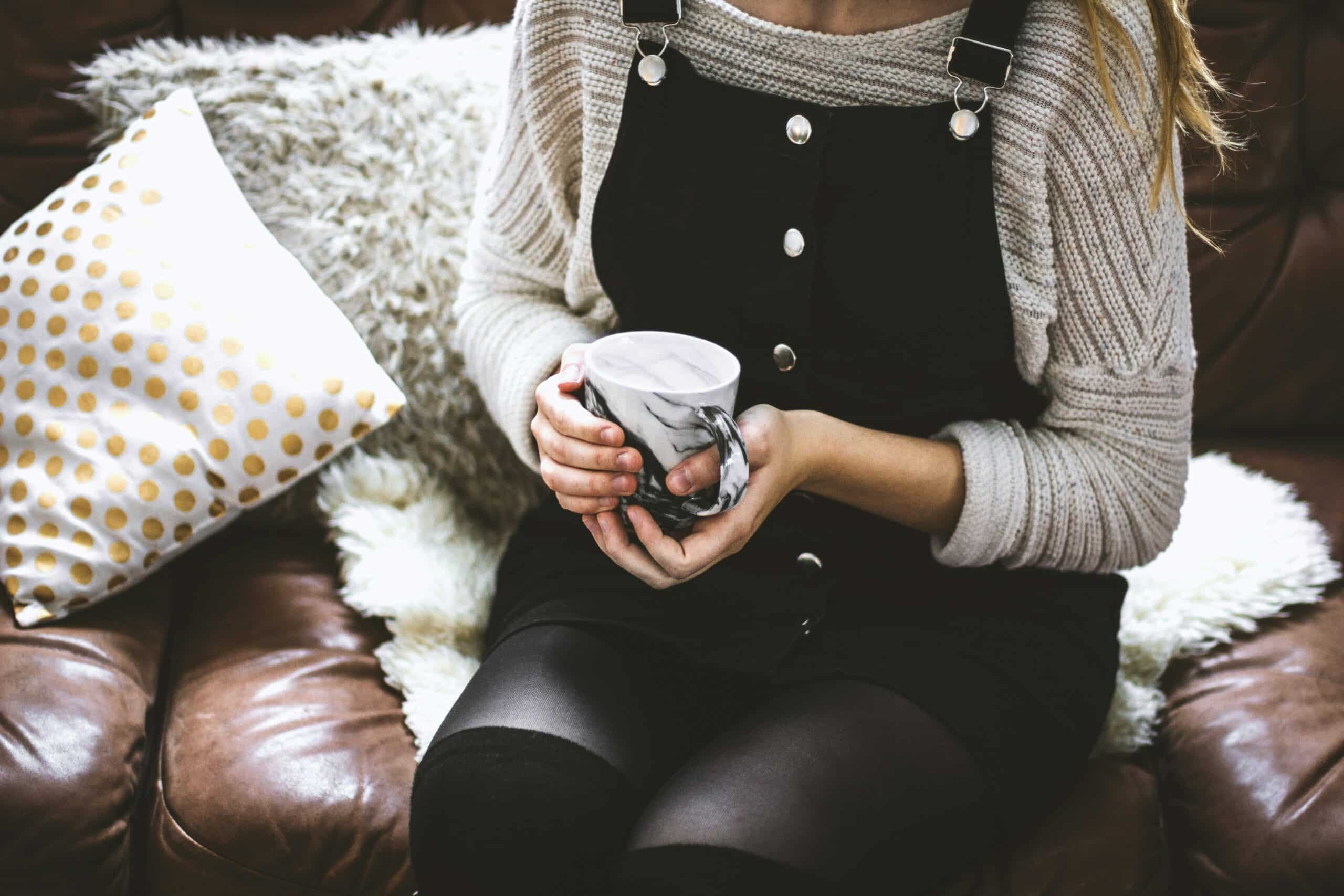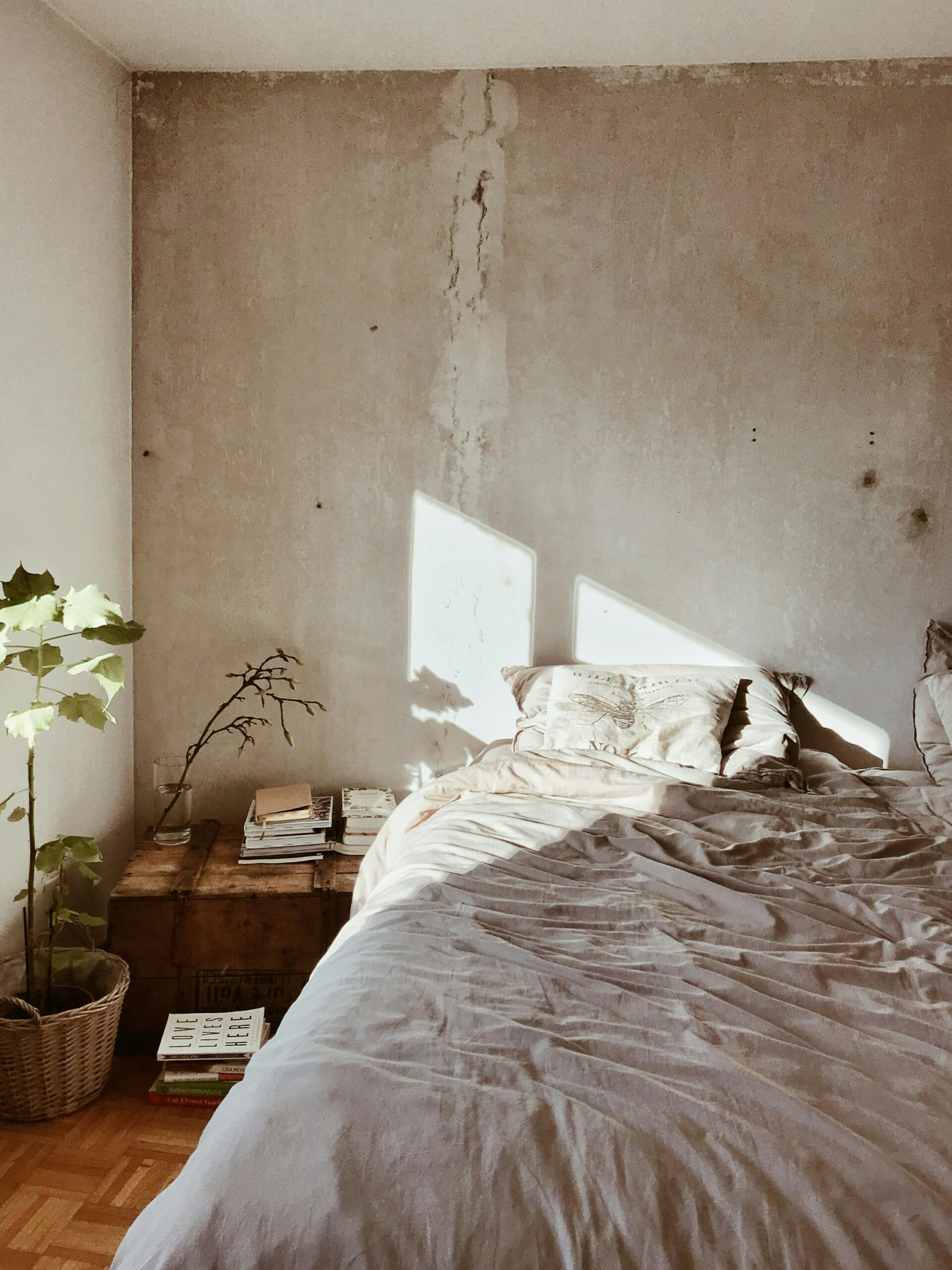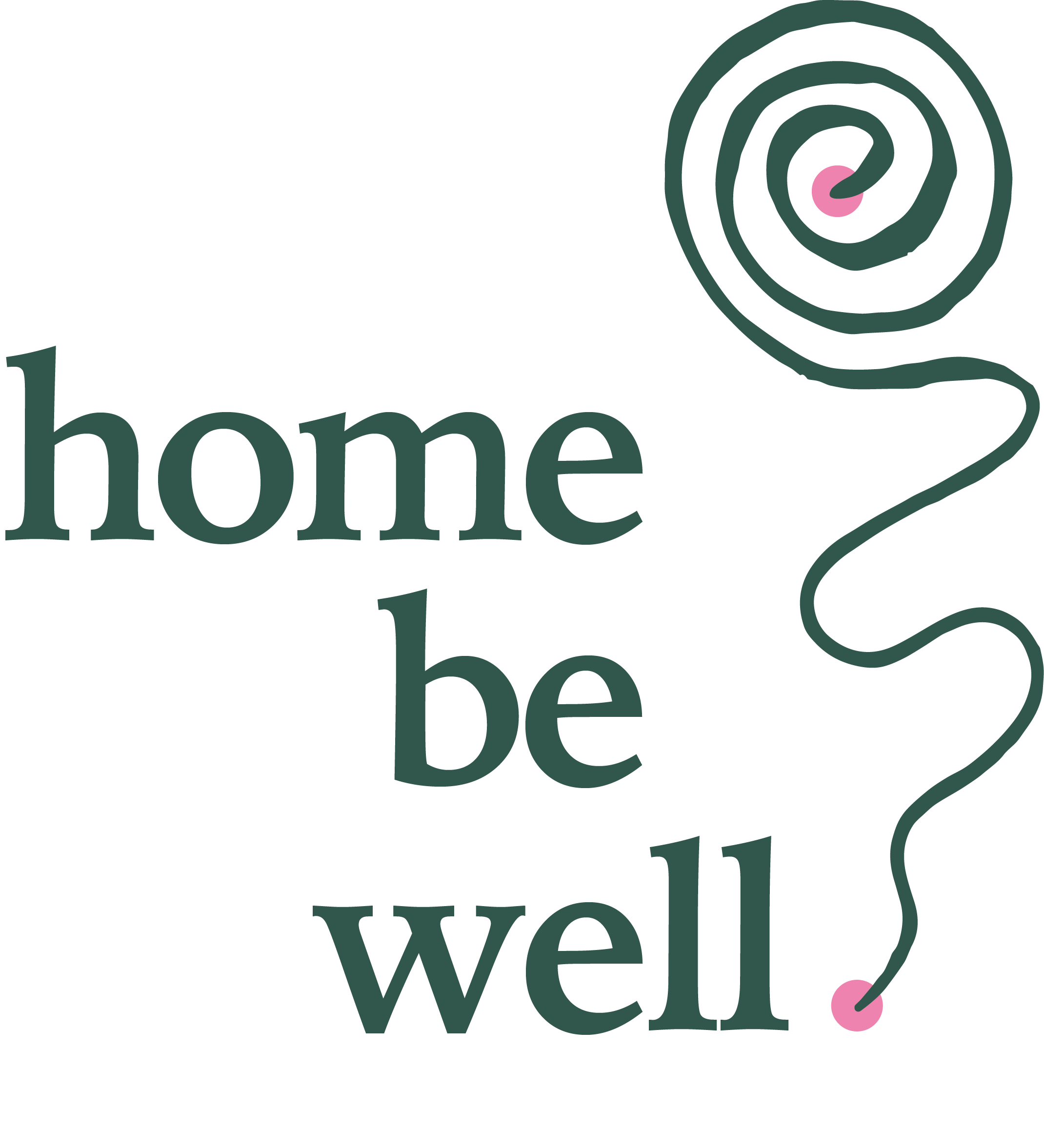
Many of us seek various avenues to enhance our well-being. Some may turn inward, focusing on bodily connection, while others seek solace in nature or draw energy from movement. Yet, amidst these pursuits, one often overlooked tool for well-being is our very own home. The environment we create within our living spaces can profoundly impact our moment-to-moment experience and serve as a pathway toward deeper consciousness and well-being.
The introduction of coaching into the realm of home is no coincidence. The journey toward personal transformation begins with self-awareness, and our homes serve as perfect reflections of who we are. Without this reflective quality, coaching through the home would not be possible. Thus, it is this unique pathway that proves remarkably effective in fostering transformation and well-being. Within the walls of our homes, we encounter a perfect mirror of our true selves.
The connection between our external environment and our inner mental landscape is undeniable. As neuro-spatial linguistic designer Kimberly Garner from the School of Holistic Design emphasizes, any changes in our surroundings have a profound impact on our mental, emotional, and energetic well-being. Just as we recognize the effects the external environment on our psyche, it follows that the way we shape our homes—making them practical, comfortable, and meaningful—will significantly influence how we feel and perceive ourselves and our circumstances. Beyond the seasonal shifts, our homes continuously mold us.
Now, let’s explore how your home can help you enhance your well-being with practical tasks designed for you to implement in 7 days.



Day 1: Identify
Take a walk through your home to identify if there are any areas that don’t align with your desires and needs—be it cluttered corners, unfinished spots, or lifeless spaces. Make a list of these areas to identify where improvement is needed.
Day 2: Reflect
Pause and connect with your emotions. Ask yourself how these spaces affect you and make you feel. How do you feel when you encounter clutter or encounter incomplete and messy spaces in your home? Does this give you energy or does it drain you? Take a moment to write down your reflections. Choose one space that particularly weighs on you, one you’d like to focus on in the coming days.
Day 3: Declutter
Remove unnecessary items from the chosen space. Consider items that are cluttering the space that you have not used in a long time or that are no longer up-to-date. Set apart these items and consider giving them a new life, giving them away to someone who will use them or simply recycling them. Sometimes it can be challenging to let go of things, even if you have already identified that you no longer use them or need them, because there are thoughts that might be limiting our decision to move forward. Think about how you feel after doing this selection. Reflect on why certain items are hard to let go of—understand the underlying thoughts behind the clutter.
Day 4: Give Purpose
Define the emotional purpose of your space. What do you use this space for? It may be your bedroom for sleeping and resting, your living room for relaxing and socializing or your study for working from home. But, if you think deeper, for this particular space you have chosen, what is its emotional purpose? How do you want your space to reflect how you want to feel here? What is it that you want for yourself and how can your space help you achieve it? Create a statement that sums up this purpose.
Day 5: Define values
Select six images from your life that represent the moments, things or people that have made you feel happy and resonate with who you are. Take a moment to reflect and write down the values these images represent to you—what do these images signify in your life?
Day 6: Purpose as a filter
Now that you know what is the purpose of your space, we will use this as a filter to define what changes you can make, and depending on what you need, how you can represent your values through intentional design choices for the things, accessories, furniture, objects, colors, textures and lighting you can bring. There may be many things that make us feel good within our space, but what are the things that are present that serve to achieve the purpose you defined yesterday? Connecting with your essence, identify and implement one meaningful change to align your space with your vision.
Day 7: Embrace
Now that you have intentionally altered your space, take a moment to reflect on this journey. Notice how your feelings about your space have evolved. How do you feel now? We invite you to reflect on how this process has made you feel better and helped you enhance your well-being. Bring this new state of mind to consciousness and embrace what you have learned about yourself and about your home as a tool for personal growth!

Our recommendation
A distinctive tool for personal growth and well-being involves working on ourselves by tending to our home – its design, decoration, and the emotions it evokes. This is because there is a direct relationship between one’s home, their mindset, and their life: what occurs in our mind impacts our home, and vice versa. Ultimately, this reciprocal relationship shapes what manifests in our life.
For this purpose, we recommend House-Coaching™ as a transformative approach to interior design rooted in Scandinavian concepts like hygge and lykke. It integrates life coaching tools to consider functionality, aesthetics, and emotions, creating a home that reflects your values and supports your well-being. By understanding the profound connection between your environment and inner world, House-Coaching™ guides you in crafting a space that feels like home in every sense, inspiring and nurturing you toward your goals.
